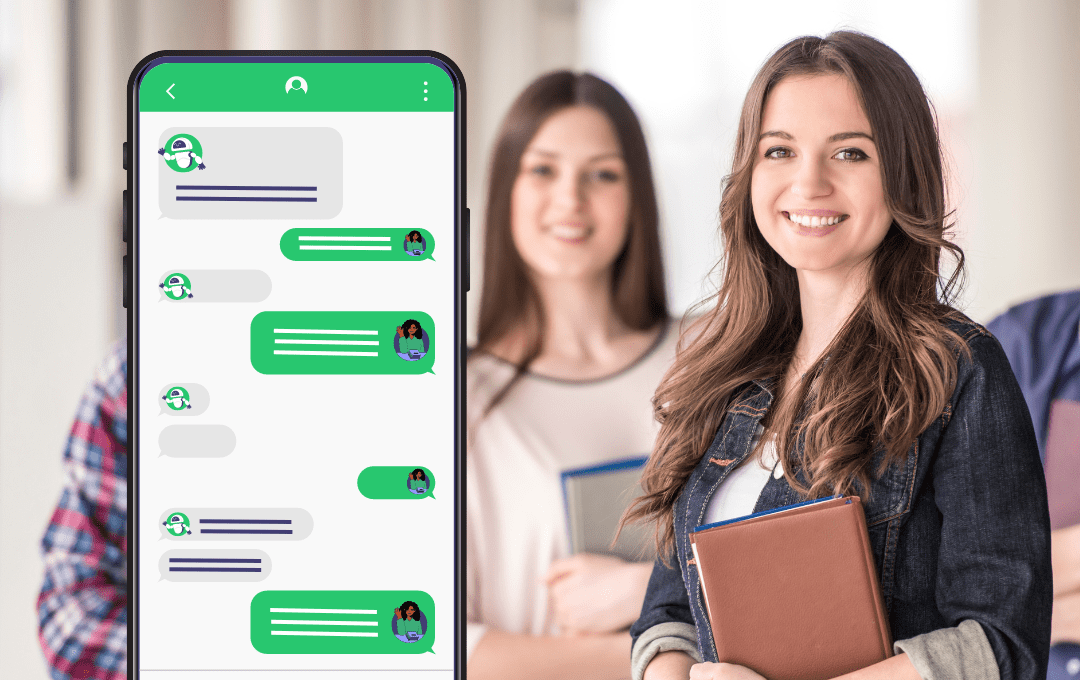
Chatbots Are Everywhere Today – Including in Educational Institutions
Research shows that AI chatbots offer numerous benefits to both students and educators. They help students study, personalize their learning, and develop skills, while educators find them especially useful for saving time and improving teaching methods.
But what do AI chatbots for higher education look like? What do they do? And how difficult is it to implement them?
In this article, we will cover everything you need to know about chatbots in higher education.
What Is a Chatbot for Higher Education?
A chatbot for higher education is an AI-powered tool that automates student support, administrative tasks, and academic assistance. It operates 24/7 on platforms such as websites or apps.
These chatbots provide instant answers to FAQs, streamline processes like course registration, and offer personalized guidance for admissions or academic advising.
By integrating with systems such as Student Information Systems (SIS) or Learning Management Systems (LMS), they can deliver personalized experiences based on individual needs.
Beyond efficiency, chatbots enhance accessibility by supporting multiple languages, assisting students with disabilities, and offering real-time help.
6 Benefits of Chatbots in Educational Institutions
The use of chatbots in higher education offers many advantages, from student engagement and operational efficiency to financial savings.
What are the benefits of chatbots in higher education?
1. Improved Student Engagement
A chatbot for higher education boosts engagement by providing 24/7 assistance, helping students access resources and answers whenever they need them.
These tools personalize interactions, simplify admissions, and guide students through processes, keeping them connected and engaged across different time zones.
2. Streamlined Administrative Procedures
Higher education employees are too valuable to spend time filling out endless paperwork and answering repetitive questions.
By automating routine tasks such as course registration, FAQ responses, and document requests, chatbots free up staff to focus on more complex or personalized interactions.
3. Enhanced Accessibility and Inclusivity
Chatbots can meet the diverse needs of students by:
- Providing information in multiple languages
- Integrating with accessibility tools
- Offering resources for students with disabilities
4. Scalable Personalized Support
Powered by AI, chatbots can analyze data to provide tailored recommendations, such as course suggestions based on a student’s major or financial aid options matching their profile.
This allows institutions to deliver personalized guidance to thousands of users simultaneously.
5. Cost Efficiency
Chatbots reduce operational costs by automating repetitive tasks and lightening the workload of administrative and support staff—enabling institutions to allocate resources more strategically while expanding service offerings.
6. Consistent Communication
A common issue in education is receiving conflicting information—one message from the admissions office and a different one from student services.
Unlike human support, chatbots provide standardized responses, ensuring that students receive accurate and consistent information, reducing confusion and miscommunication.

